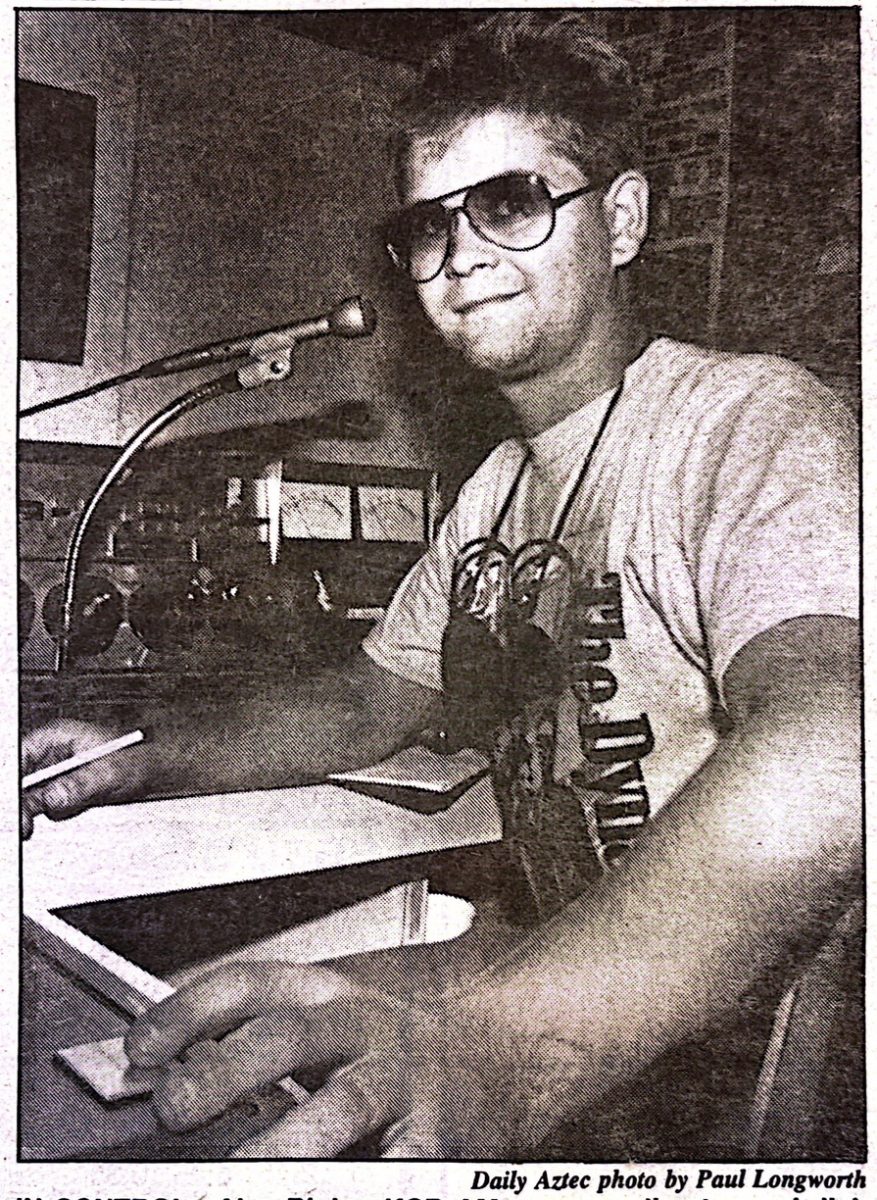Nov. 26 will mark the 110th anniversary of The Daily Aztec.
After a vote from San Diego State Normal School’s vote to have a campus-based student paper, Normal News Weekly was founded in 1913 — which was the first name for the publication.
There, Normal News Weekly would serve as a four-page tabloid up until 1921, when the paper rebranded itself to become The Paper Lantern.
Another rebrand for the publication took place in 1925 when the Aztec moniker was adopted by students at San Diego State University, which prompted the publication to follow behind, now becoming “The Aztec.”
Then in 1960, the paper became The Daily Aztec after it began publishing on a daily basis.
Like The Daily Aztec, the Arts and Culture section has also gone by many different names throughout history.
In the early 2000s, this section was called “Tempo.” In the ‘90s, Arts and Culture went by “Arts and Entertainment” and it functioned as a separate newspaper called “Stanza.” Before an art beat even existed, there was a “social scene” section that highlighted student organization events on campus.
Not only has the title of the section evolved throughout time, but the content has changed as society progresses.

Local concert reviews have gone from small folk artists to famous international stars like Daniel Caesar, Travis Scott, Tyler the Creator and more. Album reviews have gone from Grover Washington and Led Zeppelin to “Midnights” by Taylor Swift and “Endless Summer Vacation” by Miley Cyrus.
One article written in 1975 reviewed a Grover Washington concert held at the Backdoor at SDSU — a name still familiar to many SDSU students today, though it holds a different meaning now.
Located near the Aztec bowling lanes, this area is now called Backdoor Studios, which is no longer a concert venue but a space for students to produce and record music.
Even though the types of artists and genres featured have changed greatly throughout the run of Arts and Culture, album and concert reviews have remained one of the core, unchanging aspects of the section.
These reviews inform students about the arts and music scene in their local area and connect SDSU students to the artistic community surrounding them. This form of writing has been a part of issues dating back to the 1920s.
Arts and Culture first began as a section that highlighted club events happening on campus, but another aspect that remains unchanged: articles on student organizations.
In a February 1960 issue, the Arts and Culture section highlighted three new members joining Skull and Dagger, the oldest student-run theater organization at SDSU. Sixty-three years later, The Daily Aztec covered Skull and Dagger’s Halloween-themed art festival on Oct. 13, further showcasing how long both of these organizations have existed at this university.
Many aspects of campus culture and school traditions covered in issues from decades ago are also still relevant at SDSU.
A November 1959 issue showcased pictures of the ceremonies at SDSU for homecoming week — a tradition that is still celebrated every fall semester.
However, instead of bonfires, homecoming is now celebrated with a football game and electing a homecoming court.
Greek life is another aspect of SDSU’s community that has remained a prominent part of the school’s culture. Even in issues from over 60 years ago, sorority and fraternity events were covered in the newspaper regularly, just as they are today.
The legacy of Arts and Culture is one of capturing the artistic community within and surrounding SDSU with every issue published.
Articles from the past give insight into what those times were like and just how much society and the school’s culture have changed since then.









